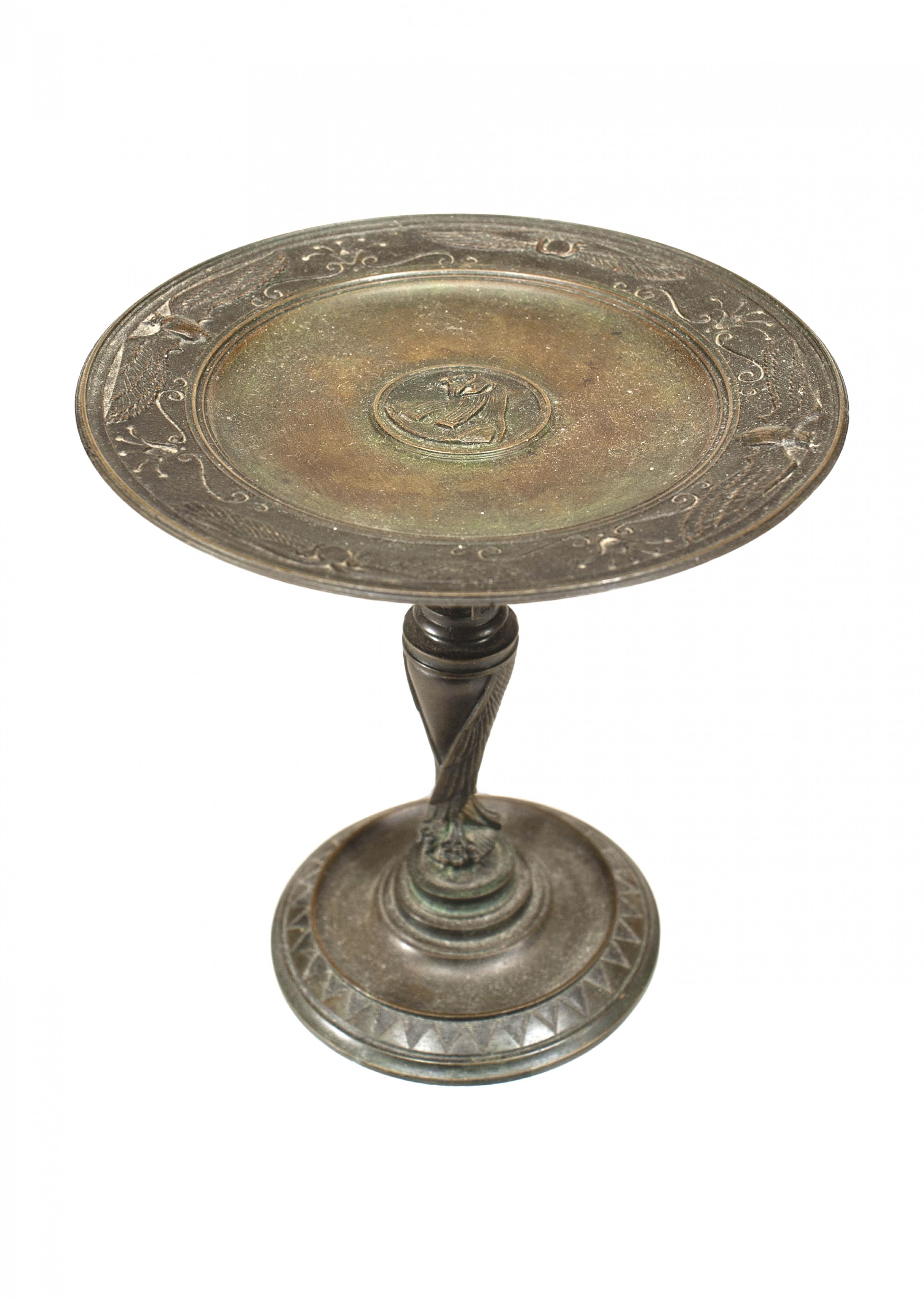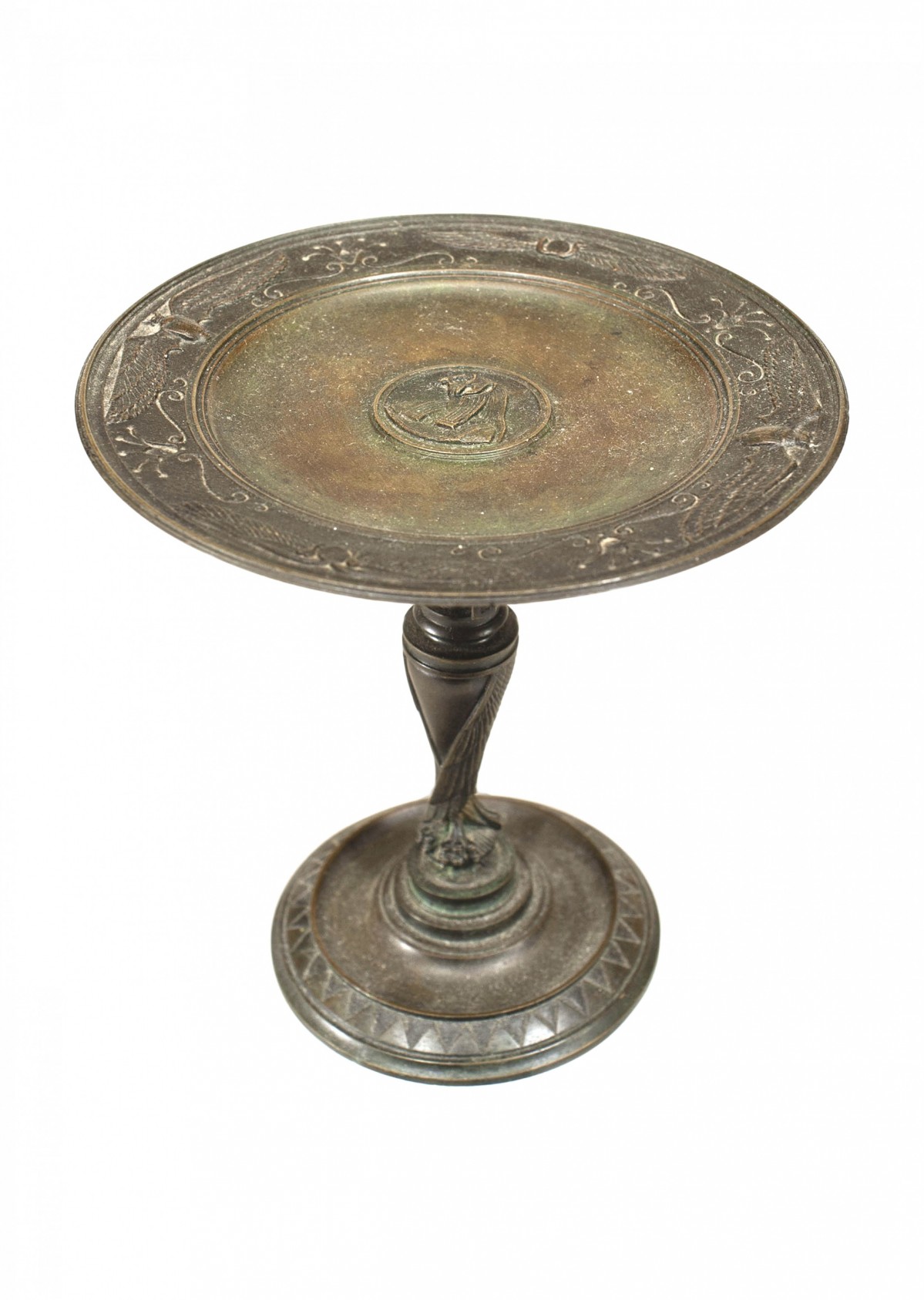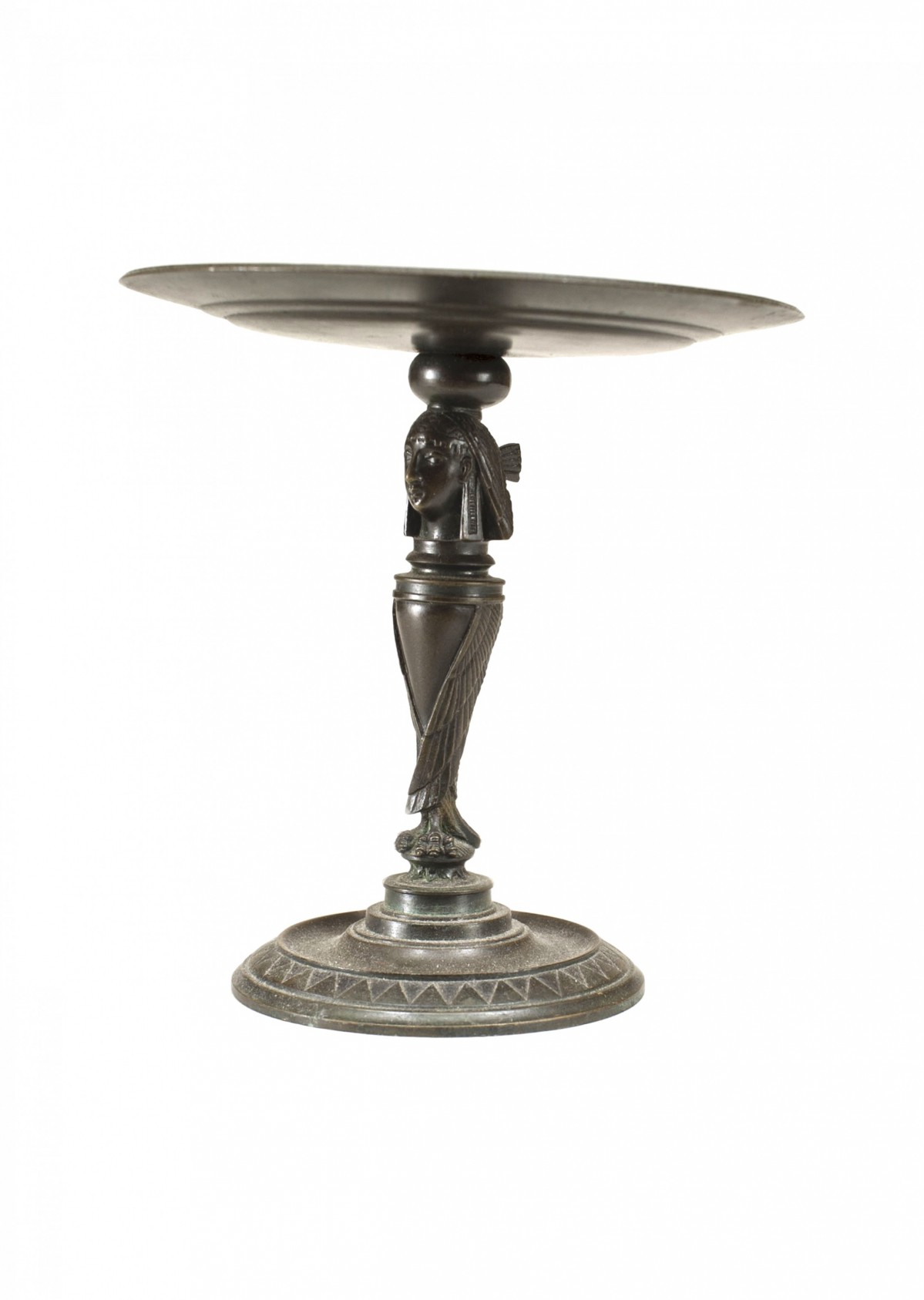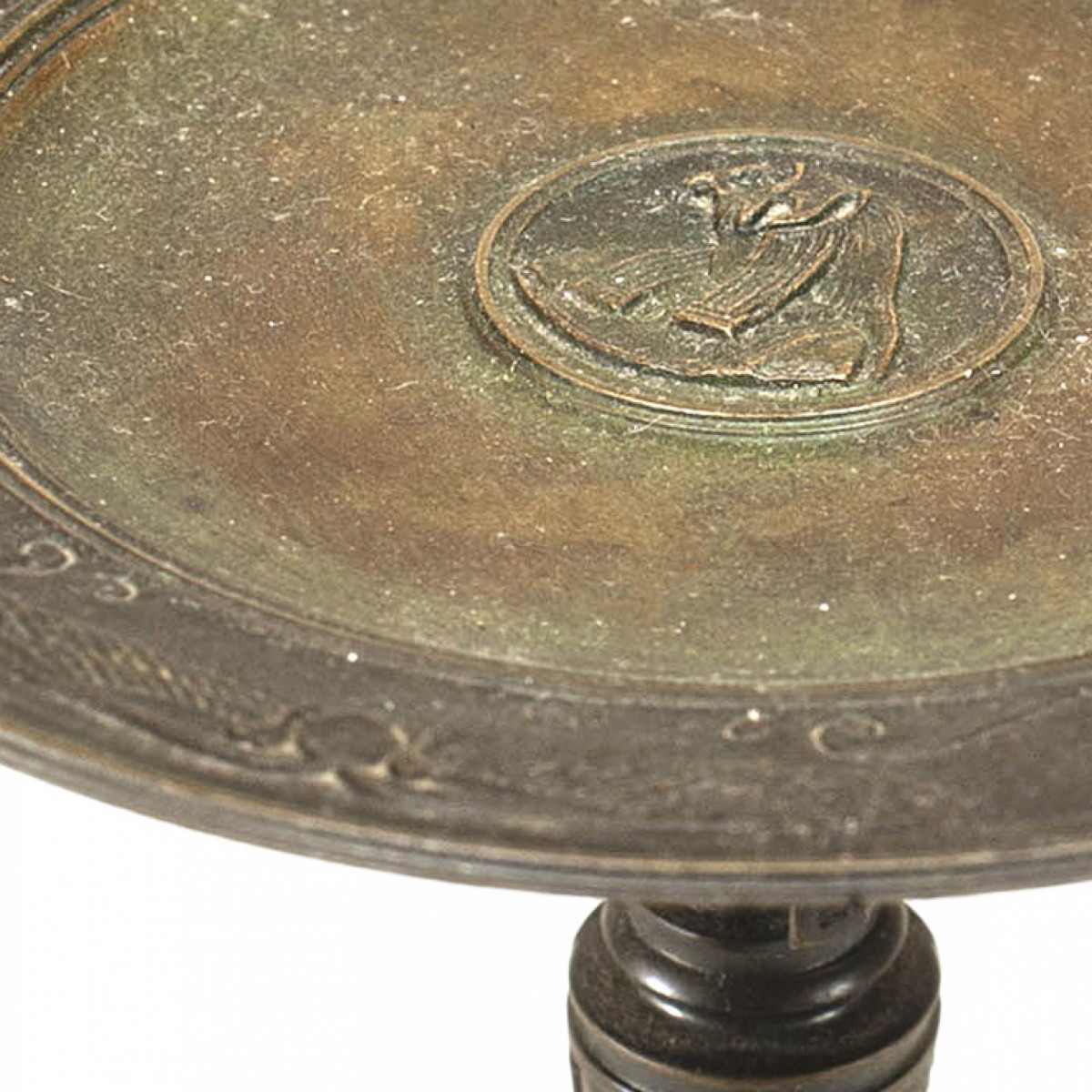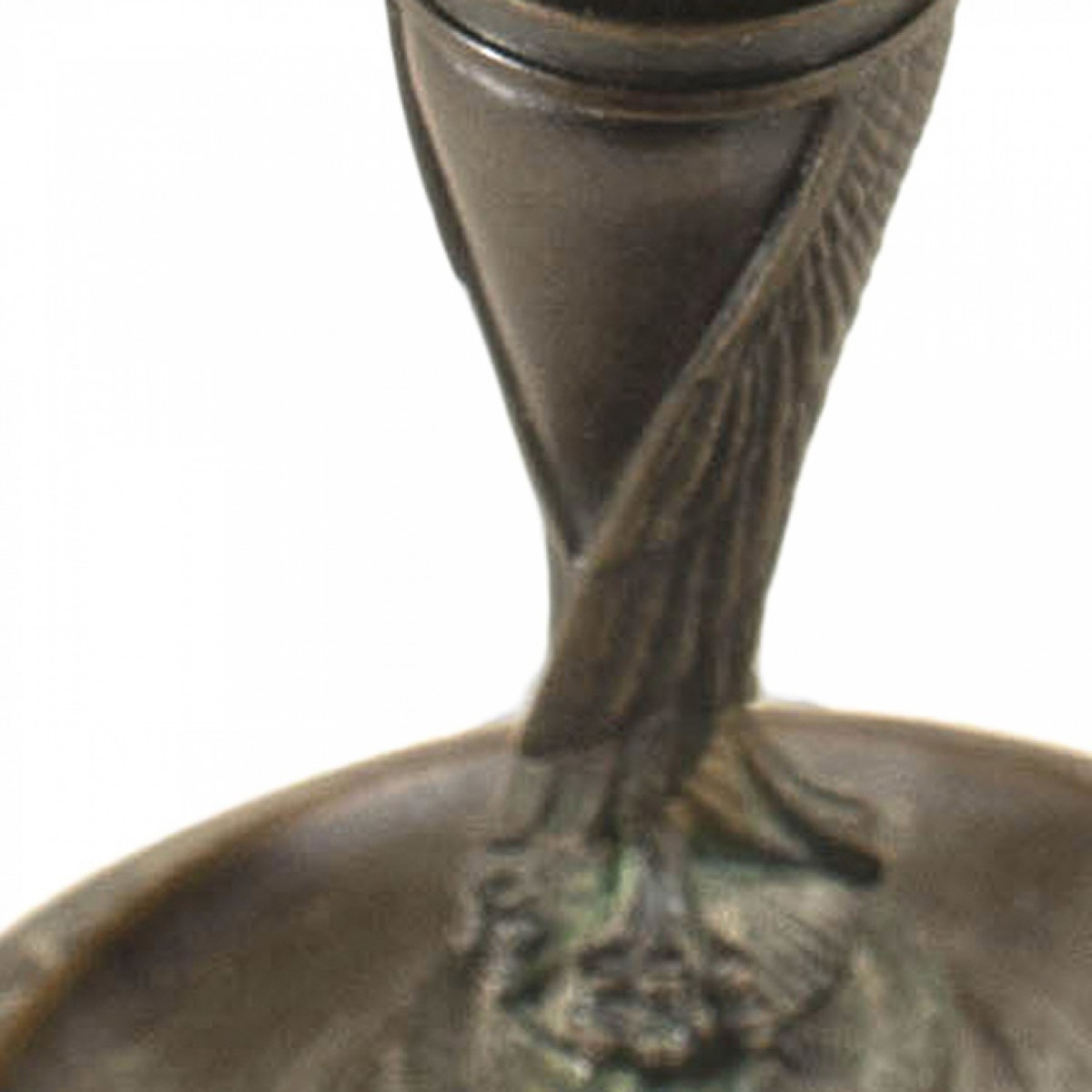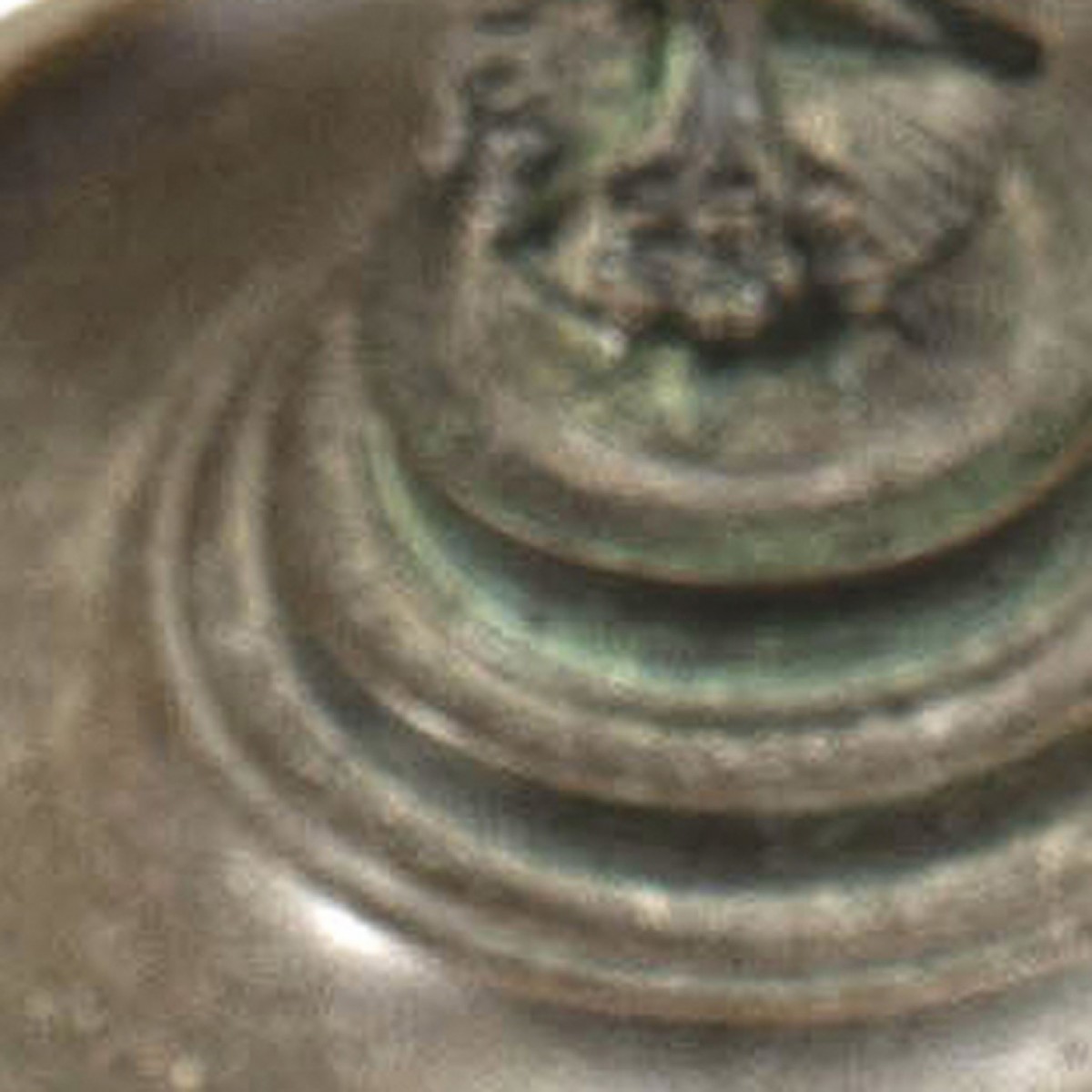X
{{ modalTitle }}
PLEASE FILL IN THE REQUIRED FIELDS.X
X
{{ modalTitle }}
Choose one of the options below.X
ITEM SUCCESSFULLY
ADDED TO PROJECT
Italian Neoclassic Bronze Pedestal
 Italian
Italian Neo-classic
Neo-classic Dining Room, Accessories/Décor/Bric-a-Brac
Dining Room, Accessories/Décor/Bric-a-Brac Dinnerware, Dining Accessories
Dinnerware, Dining Accessories
Newel Warehouse
32-00 Skillman Ave
Long Island City NY - 11101
 (212) 758-1970
(212) 758-1970
Italian Neoclassic Bronze Pedestal

Newel Warehouse
32-00 Skillman Ave
Long Island City NY - 11101
 (212) 758-1970
(212) 758-1970
 Dining Room, Accessories/Décor/Bric-a-Brac
Dining Room, Accessories/Décor/Bric-a-Brac Dinnerware, Dining Accessories
Dinnerware, Dining AccessoriesNeo-classic
Neo-classic refers to the second revival of classic design for interior decoration in the 18th century. This style was inspired by excavations of Pompeii and Herculaneum that begun in 1738. Common motifs include dolphins, lyres, and urns.
Pedestal
A tall, narrow base which supports a statue, lamp, vase or any decorative object. Usually treated with moldings at the top and a base block on the bottom. Without moldings it is called a plinth.
Neo-classic
Neo-classic refers to the second revival of classic design for interior decoration in the 18th century. This style was inspired by excavations of Pompeii and Herculaneum that begun in 1738. Common motifs include dolphins, lyres, and urns.
Pedestal
A tall, narrow base which supports a statue, lamp, vase or any decorative object. Usually treated with moldings at the top and a base block on the bottom. Without moldings it is called a plinth.
Neo-classic
Neo-classic refers to the second revival of classic design for interior decoration in the 18th century. This style was inspired by excavations of Pompeii and Herculaneum that begun in 1738. Common motifs include dolphins, lyres, and urns.
Pedestal
A tall, narrow base which supports a statue, lamp, vase or any decorative object. Usually treated with moldings at the top and a base block on the bottom. Without moldings it is called a plinth.


